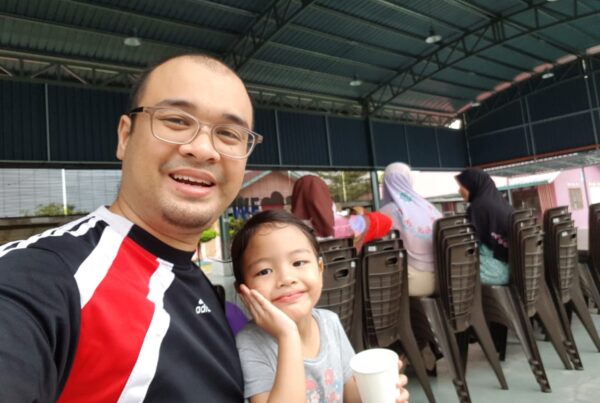“When you understand your students, and you learn about their backgrounds, it changes the whole way you look at them.” – Ng Li Yen, 2015 Fellow

I think one of the greatest challenges ever is to know how much to push a student.
We know that not all students are cut out for studies. I realised over time that I can’t make everybody be what I want them to be in life.
My role as a teacher and a Fellow is to provide them with opportunities they might not otherwise get.
For some students, studying just isn’t their thing – but sometimes with a little push, a little prompting, a little more focus from the teacher, they may realise that they like something they think they don’t like right now.
The challenge is, we don’t know when to stop.
Change takes time. When we don’t know when it will come, we may give up before it happens. Then sometimes we might push and push, but change never happens.
One of the main challenges as an educator is to know when it is time to push a student harder, and when it is time to stop. There isn’t one answer for all students.
I’ve learned that when you humanise the people you teach, it’s very different. I studied in a very competitive school where it’s all about making sure you score and teachers were always focused on getting the subject matter across, the theories, how to answer questions – but the soul isn’t taken into account.
At my school, you can’t just focus on putting across knowledge. Their literacy is so low, they aren’t interested in studying. If you keep pushing them, it’s a bit harder because they’re a bit slower. The only way for them to catch up is to give them a reason to learn.
I’ve talked to visitors from European countries where English is not their first language. They would say ‘Oh I only picked up English after college, and I learned it within a year.’ And I thought, wow that’s very interesting. Maybe I shouldn’t push my students to study, study, study – but make them think about why they want to study a subject.
And that can only happen if you know your students. Each student is different, and we need to take time to get to know them.
It’s hard to be invested in everyone, but when you understand them and you learn about their backgrounds, it changes the whole way you look at them.
Take for example, the students who shout at you.
If you start talking with them, getting to know them, you realise maybe they weren’t brought up with parents in their homes. Maybe they were never treated respectfully by other people. Maybe shouting is just the way they communicate. When you realise that, you don’t get quite as angry. I’m not saying that it’s right to shout, but with understanding, we can learn to relate to them in a more positive way.
Not all students will study. Not all students will want to go where we want them to go in life. Some are happy just earning a few ringgit, but maybe they’re happy because they’re doing something they enjoy.
At Teach For Malaysia, we’ve been talking a lot about student vision – knowing where you are now, where you want to be, and who can help you get there. I think a lot of students know where they want to be. They have dreams. They may say they want to be a doctor but have failed all their exams. We need to ask them, “Hey where are you now?” and then “How are you going to get there?”
I think teaching the subject matter is just passing knowledge. As an educator you are happiest when you actually see your students learning because they want to, not just producing the work.
Ng Li Yen graduated with a Bachelor of Science in Mechanical Engineering from Carnegie Mellon University. She joined the Fellowship in 2015, and is a second-year teacher in a high-need school in Kerian, Perak. Li Yen teaches Science and English, as well as Physical Education!
–




